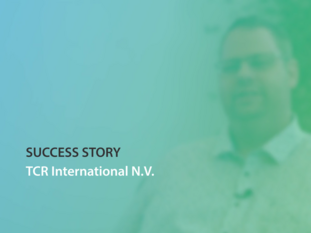4 minutes01/08/2023
EHS professionals have a demanding job: They must ensure safe and healthy workplaces, foster collaboration, and protect the environment. To do their jobs effectively, EHS managers face a variety of challenges every day. Their role is becoming increasingly important as risks increase and the pressure on companies to improve safety performance grows.
Based on extensive experience working closely with EHS professionals, numerous discussions have been conducted concerning the challenges that nearly all of them face at some point.
In this article, you will find the six most commonly cited challenges. You will learn some effective strategies for overcoming these challenges. Regardless of your experience with these challenges, it makes sense to apply effective solutions in a dynamic business environment.
The three aspects of every challenge:
- How customers describe the experience.
- A solution approach.
- Specific steps for success.







